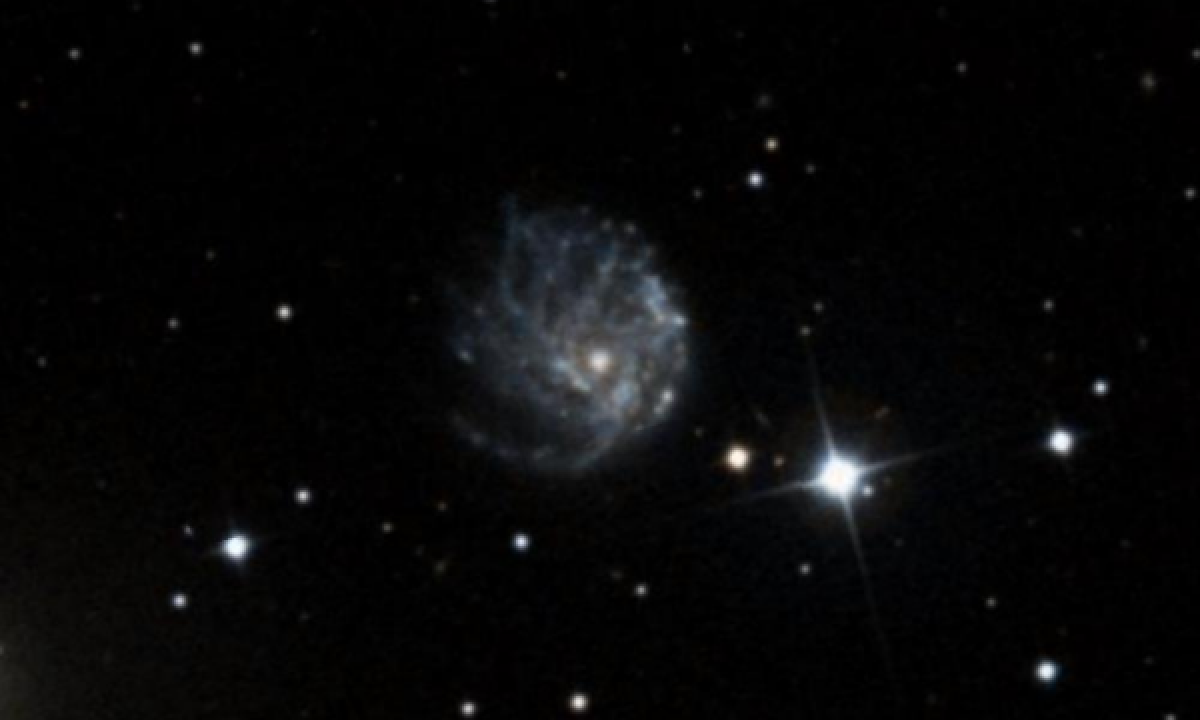The New General Catalogue of Nebulae and Clusters of Stars (abbreviated as NGC) is a catalogue of deep-sky objects compiled by John Louis Emil Dreyer in 1888. The NGC contains 7,840 objects, known as the NGC objects. It is one of the largest comprehensive catalogues, as it includes all types of deep space objects, including galaxies, star clusters, emission nebulae and absorption nebulae.
Know more about NGC
NGC 2276

NGC 2276 is an intermediate spiral galaxy in the constellation Cepheus. The galaxy lies 120 million light-years away from Earth. NGC 2276 has an asymmetrical appearance, most likely caused by gravitational interactions with its neighbor, elliptical galaxy NGC 2300. NGC 2276 is traveling with an orbital velocity of about 968 km/s due to its neighbor. Trailing NGC 2276 is a long tail of interstellar medium about 300,000 light-years (100,000 kpc) long, formed by ram pressure stripping. One of the many starburst spiral arms contains an intermediate mass black hole with 50,000 times the mass of the Sun, named NGC 2276-3c. NGC 2276-3c has produced two jets: a large-scale radio jet, approximately 2,000 light years long, and an "inner jet" about 6 light years long. The galaxy shows an enhanced rate of star formation that may have been triggered by a collision with a dwarf galaxy, or by the gravitational interaction with its neighbor compressing gas and dust. It was discovered by Friedrich August Theodor Winnecke in 1876. In the Atlas of Peculiar Galaxies, the galaxy is mentioned twice, once as Arp 25, in the category spiral galaxies with one heavy arm, and one more time as Arp 114, in the category elliptical galaxies close to and perturbing spiral galaxies, in pair with NGC 2300. NGC 2276 has been home to six supernovae since 1962.
More Images:

Sources:
Wikipedia Page: NGC 2276
NGC 2276 at In-The-Sky website
